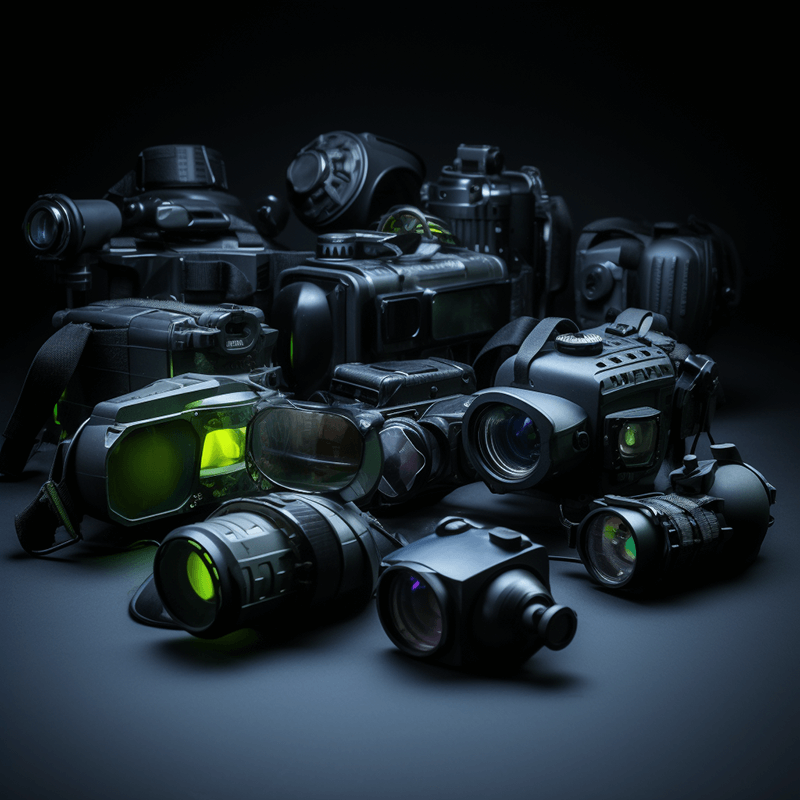
Request


Night vision devices are equipment that can enhance or capture visible light in low-light environments and are commonly used for observing targets in the dark. Depending on different working principles and technologies, night vision devices can be classified into the following categories:
Image intensifier night vision devices are the most common type of night vision devices. They collect faint visible light from the environment and amplify the light signals through electro-optical intensifier components, allowing observers to see clearer, brighter images. This type of night vision device is suitable for observation in low-light conditions, such as under moonlight or starlight.
Infrared night vision devices observe targets using infrared radiation, without relying on visible light. They use infrared sensors to detect the thermal radiation emitted by targets and generate corresponding images for observation. Infrared night vision devices are suitable for completely dark environments and can observe targets that are not visible to the naked eye or cannot be captured by image intensifier night vision devices.
Thermal imaging devices can detect and display the infrared radiation heat emitted by targets. They measure the temperature differences between the target and the surrounding environment and generate thermal images for observation. Thermal imaging devices can provide clear images in completely dark, smoky, foggy, and other harsh conditions, making them effective for detecting and observing heat sources.
Digital night vision devices use image sensors and digital processing technology to capture and process light signals, converting them into digital images. This type of night vision device usually has a built-in display screen for real-time observation and image recording. Digital night vision devices typically have higher resolution and functionality, providing clearer, more detailed images.
These are several common types of night vision devices, each with its unique working principle and application scenarios. When choosing a night vision device that suits your needs, factors such as observation environment, budget, and requirements for image quality and functionality can be taken into consideration.